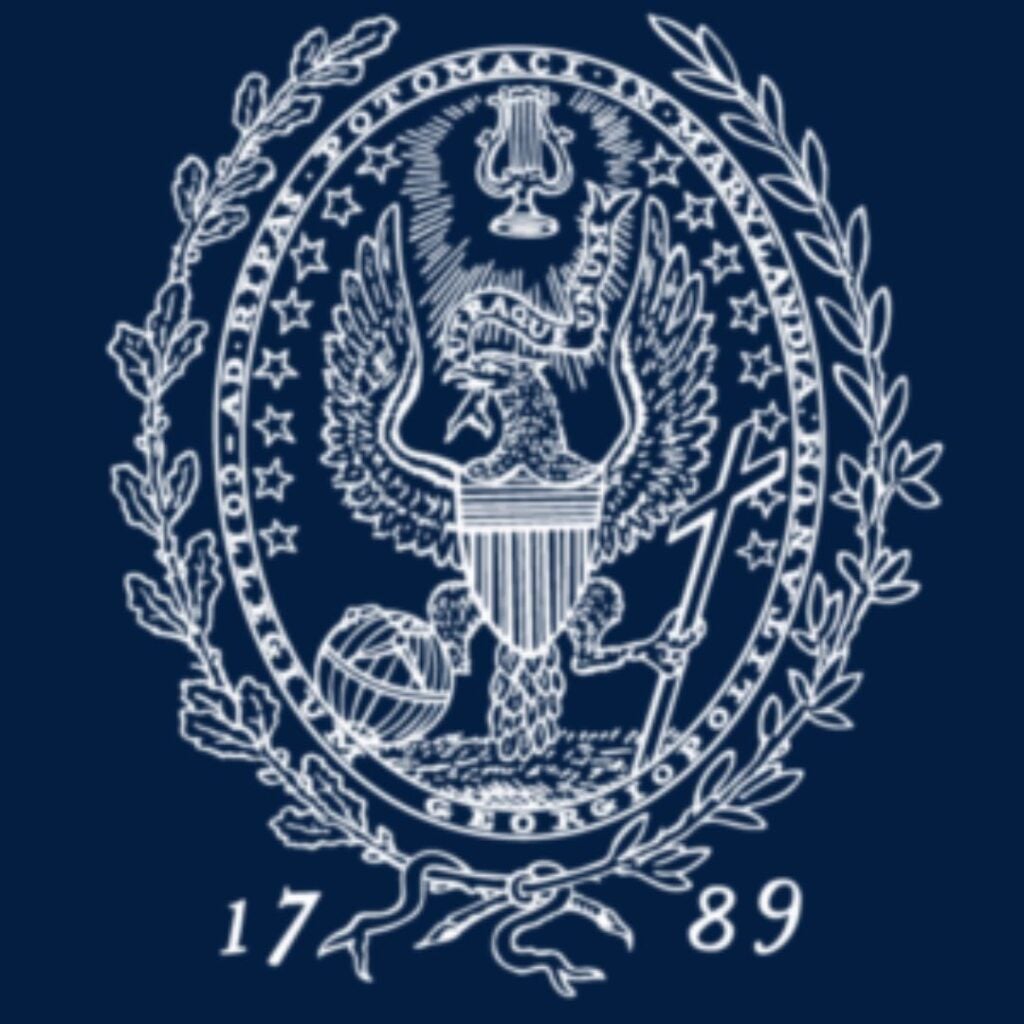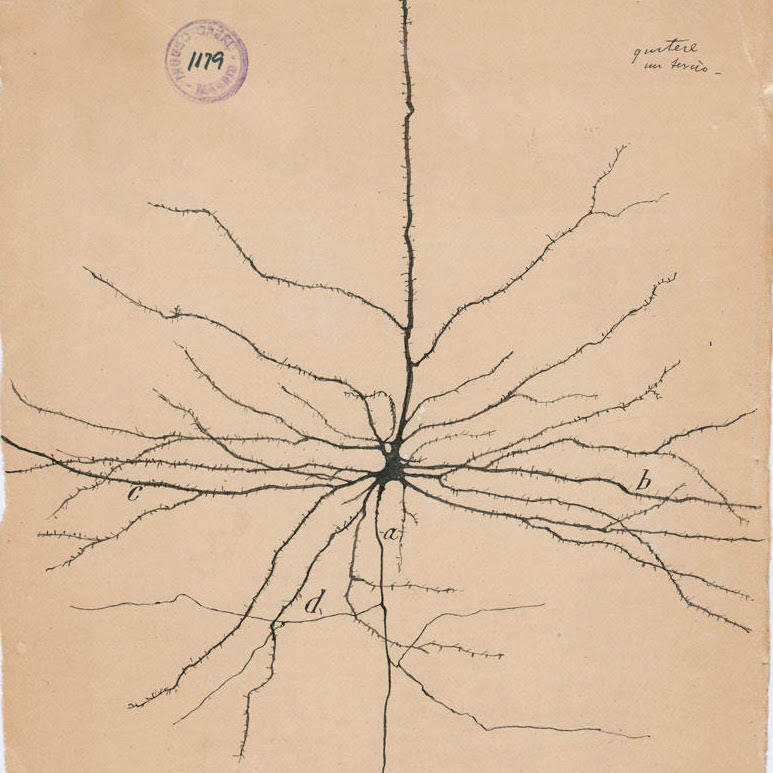View Introduction to Medical Humanities Student Projects (Fall 2023)

Understanding the Medicalization of Gender Through A Socio-Cultural Lens
Bilquisu Abdullah (CAS’25)
Women and Gender Studies major and Medical Humanities minor
Artistic representation of medicalization in North America has had direct correlations to socio-cultural understandings of gender specifically when it comes to reproductive justice for women, as well as trans and gender non-binary individuals. An infamous example of this is Judy Chicago’s exhibition of 1982-1983 entitled “Childbirth in America” that features textile work informed by the paradigmatic shift of birth to a medical model. In my project I explored the ways in which specifically women artists have articulated impacts of the medicalization of gender. I curated a digital collection of art, literature, and historical accounts that looms together an understanding of the power cultural production has on implementing justice in structures of gendered oppression. Three aspects of gendered medicalization I hone in on are hysteria, menstruation, and pregnancy.
View Bilquisu Abdullah’s Project
From Page to Screen: A Representation of Pediatric Cancer in the Cultural Media
Emily Taylor (CAS’25)
Biology of Global Health major and Medical Humanities minor
This website highlights the role of pediatric cancer in cultural media. In this project, I reviewed the history of cancer’s portrayal in the media, determined major themes featured in these works, and assessed the relationship between page to screen adaptations. I compared these media depictions to current day statistics about the status of pediatric cancer research, treatment plans, and their impact on patients and families. Overall, I hoped to create more awareness on how societal depictions impact people’s perceptions of rare diseases, especially ones that have been overly romanticized and glamorized such as pediatric cancer.
View Emily Taylor’s Project
The Arbor Vitae: An Artistic Exploration of Science’s Most Famous Images
Amber Mickelson (CAS’25)
Neurobiology major and Medical Humanities minor
The Arbor Vitae explores the history, art, and scientific contributions of Santiago Ramón y Cajal. This Spanish physician-scientist paved the way for the neurosciences as we know them today. Through analyses of his autobiography, scientific drawings, and histological slides, this project examines how Cajal came to be known as “The Father of Neuroscience.” Furthermore, this project investigates current conceptions of “art” and how scientific illustration lies somewhere in between evidence for a theory and something aesthetic for the eye. Cajal’s work sparked the start of a revolution in the field of neuroscience, dedicated to structure and function, figure and form, and science for all.
View Amber Mickelson’s Project
